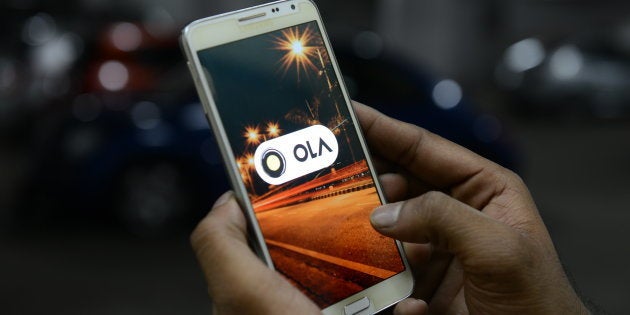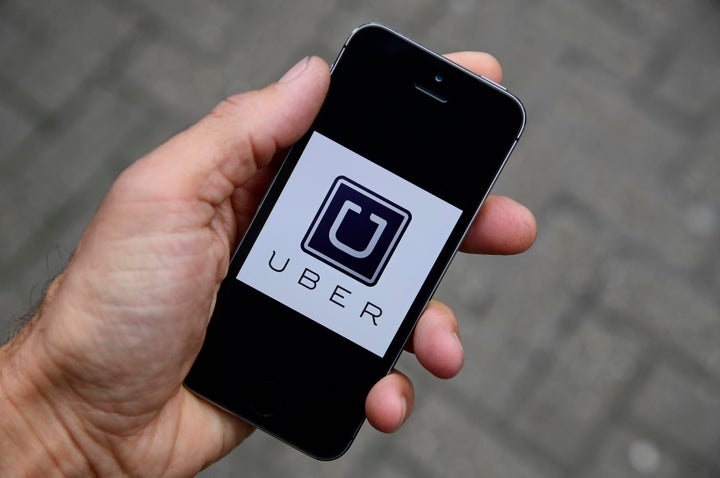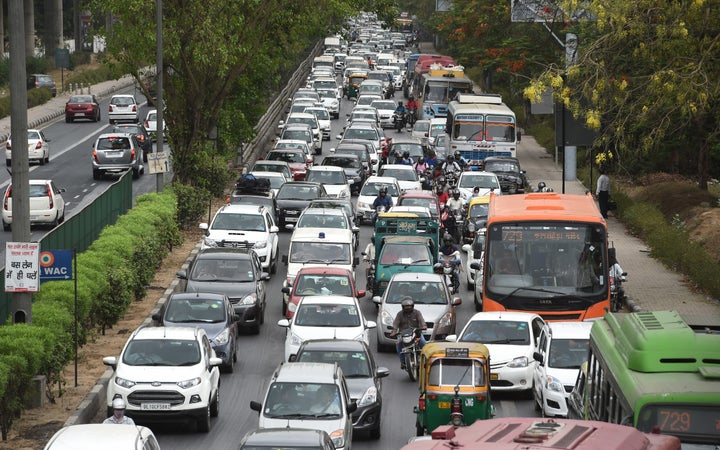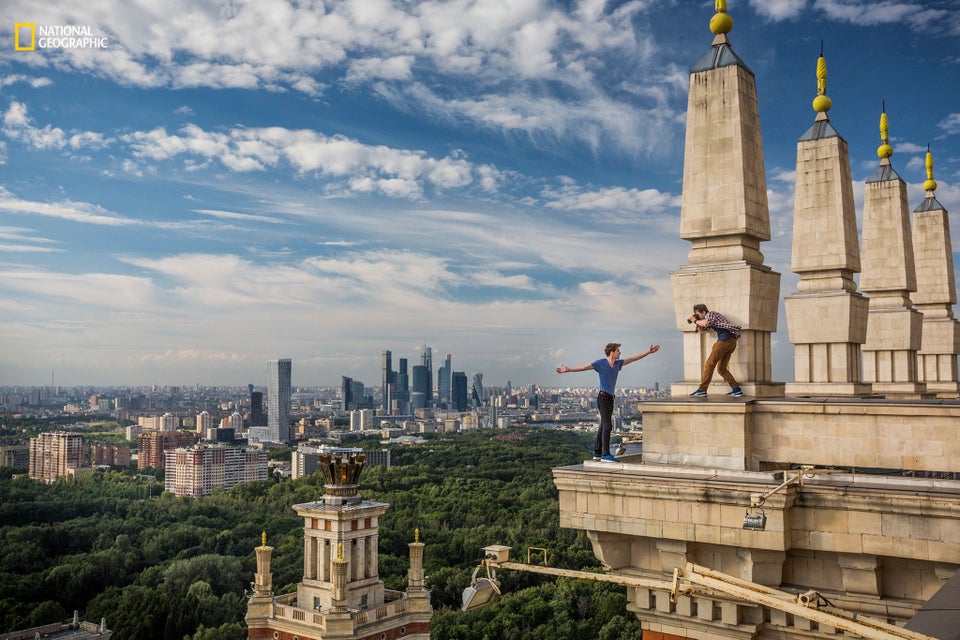
Alarmed over the way carbon dioxide emissions were rising in the world, the United Nations said at Rio in 2012: "Let's Travel Together". But in 2017, transport authorities in Bengaluru, one of the most polluted and traffic gridlocked cities in the world, has urged the people to do exactly the opposite.
In fact, they even said that some part of their travelling together is illegal.
Just by citing rules, what the Karnataka government is doing is killing a highly beneficial public behaviour that many countries in the world are struggling to implement to reduce their carbon emission for a global public good and also to make their air more breathable.
This is essentially the summary of the ban of the carpooling applications of Uber and Ola in Bengaluru. According to the transport department, what taxi aggregating services such as Uber and Ola have are contract carriage permits and hence they can only do point-to-point pick up and drop and not allow people to get in and get out during a trip.
Just by citing rules, what the Karnataka government is doing is killing a highly beneficial public behaviour that many countries in the world are struggling to implement to reduce their carbon emission for a global public good and also to make their air more breathable. Through applications such as uberPOOL, the behaviour was fast picking up. More and more people were starting to carpool through Uber and Ola because it was turning out to be almost as good as public transport.
According to Uber, "More than 25 percent of our total trips in the city are POOL trips. Over the last year, UberPOOL riders in Bengaluru have contributed to save around 93,64,772 kilometres driven, which equals to saving of 4,40,623 litres of fuel and cut over 10,37,000 kgs of CO2 emissions." Converting a quarter of solo trips to shared rides is a massive achievement that no government could have done, not even in Europe where conscientious people prefer public transport and carpooling to solo rides.

Global research shows that up to a third of CO2 emissions are due to vehicular pollution and bulk of it's from personal transport. In India, it means cars and bikes. Therefore, the only way to cut this down is to avoid personal transport - which also is a wasteful practice given the poor economy of scale - and shift to public transport.
However, since our governments are least interested in improving public transport - both in terms of buses, trains and appropriate bays, roads, rails and exclusive corridors - this shift never works. Not that people don't use public transport, but it's bursting at its seams because of poor capacity. It cannot take people any more unless the capacity of the fleet and the infrastructure multiply.
This is where technology seemed to have stepped in through ride-sharing and car-pooling apps. And when it became a paid service, it started picking up because people cared for what they paid for and saved, just as social marketing innovation worked in promoting public health a couple of decades ago.
And the results were quick and evident. Up to a quarter of the app-based car drives in Bengaluru were shared and it would have certainly risen as more and cars and people started sharing. As Ben Rosen, the former head of Compaq Computers and a great champion of carpooling wrote a few years ago, once such a system becomes "dynamic" no rider is left behind. In such a scenario, "the universe of users is large enough, there is a very high probability of matching a rider and driver (schedules, locations, personal preferences) at any time — even if the driver has to work late, or leave early, or gets sick."
The only solution is to take as many private vehicles off the streets as possible. The way to do this is to encourage shared commutes because a decent and reliable public transport is still a distant reality.
In fact, this is what the authorities in Bengaluru should have done. It's an established fact that number of private vehicles, slow speed and traffic congestions are the main contributors of vehicular pollution. Bengaluru has all the three. Its traffic jams and slow movement of vehicles is notorious. The only solution is to take as many private vehicles off the streets as possible. The way to do this is to encourage shared commutes because a decent and reliable public transport is still a distant reality. When sharing become easy, and "dynamic", it becomes the norm and solo rides become foolish.

This is not an idle dream, but was beginning to happen in Bengaluru, that too without the government doing anything. A behaviour change campaign, particularly on as basic as daily commute, could cost millions, but the Karnataka government got it free, thanks to the cab services - a rare case of free market enterprises spearheading a pro-people, a pro-environment policy. And Bengaluru very badly needs it because it's gasping for breath in its own toxic fumes and vehicular congestion. The city has about 60 lakh vehicles, of which nearly 55 lakh are cars and bikes. The situation is so bad that at least give lakh vehicles are added every year and it's mostly two-wheelers and cars.
And Bengaluru very badly needs it because it's gasping for breath in its own toxic fumes and vehicular congestion.
The only beneficiary of the government intervention is the automobile industry. It's frightening to note that a democratically elected government is implementing policies that are against the interests of the people, but benefits a section of the industry. If the rules don't permit private operators promoting shared-commute, change them. And don't convert a possible private-sector driven best practice, which also offered a possible leapfrogging into a viable privately owned public transport system, into a worst practice. This can happen only in India.
Also on HuffPost India
